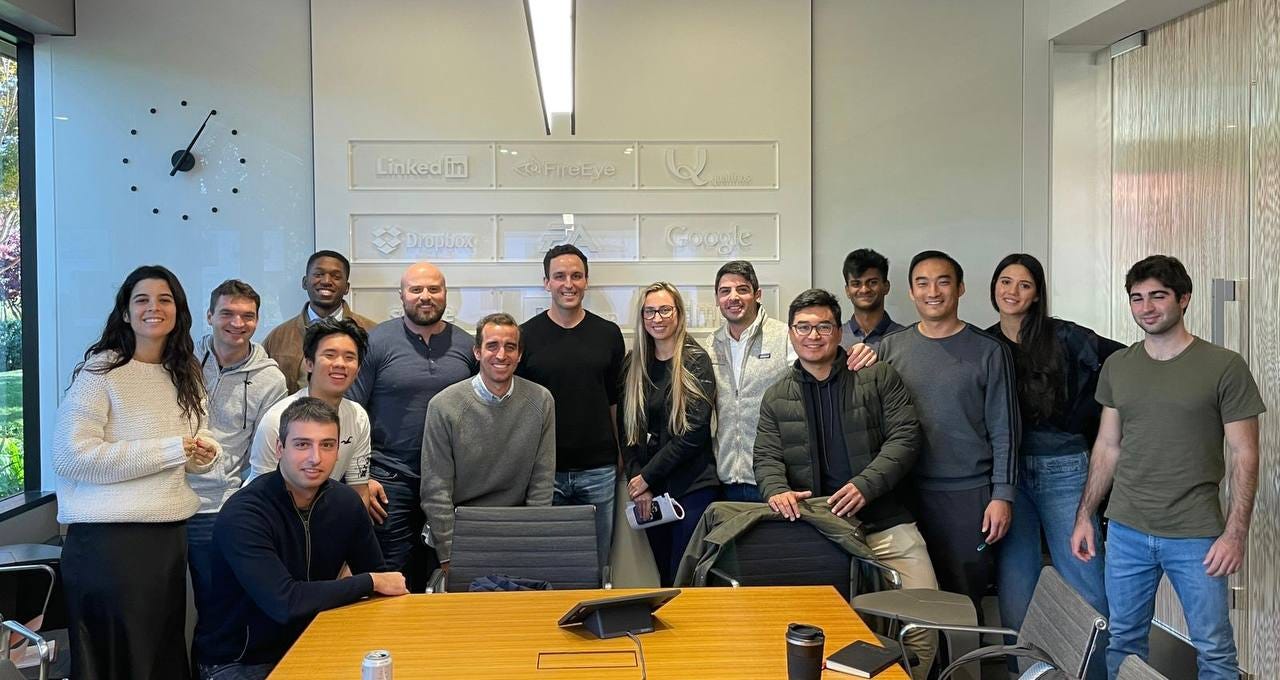Pat Grady, Sequoia
Incredible growth machine
Pat Grady joined Sequoia in 2007 when he was 24 years old and became the main generator of Sequoia's growth investing returns. He came from Summit, a Boston PE firm, and brought with him the traditional practices on growth equity. It took him 3 years to unlearn Summit and unlock his potential at Sequoia.
Summit invests based on the following weighted factors:
45% deal, 45% on evidence, 10% story
Sequoia invests based on the following weighted factors:
90% on the story, 9% evidence,1% on deal
Sequoia’s framework for investing at the growth stage is two folds:
Story (Qualitative)
Evidence (Quantitative)
Plenty of evidence at the growth stage.
Investments that don’t work out are because of (1) inadequate evidence, (2) the story is biased, or (3) evidence is there, but the story doesn’t match.
Key questions he asks the most during investments:
Who is this founder?
Interview a founder the way you would interview an employee (worst moment in 5 years, how you grew up, and what values you had)
How do they make decisions, and what do they care about?
Why do we think this person can build this?
Even if the founder has experienced the pains, are we sure they can build it?
Good founders are relentless, ambitious, and humble. They don’t care about past successes and are focused on tomorrow. Their values stay the same, and how they manage business changes is based on learnings. Good founders are hyper-competitive, but they have a heart of gold and are kind to family and when talking about former employees.
Pat noted a few key investment opportunities and trends:
Order of magnitude increase in compute at each generation (mainframe -> personal computer -> laptop -> smartphone);
There are lots of false positives at the early stage;
There might be a lot of promising early metrics, but there might not be much business outside of the narrowed utility/feature;
Many once-promising companies are stuck at 20 million ARR. These companies are a piece of the workflow rather than owning the whole workflow;
To get real revenue and a high-quality end product, entrepreneurs must build workflows to get the moat. For instance, before HubSpot brought in the language model, they built a moat around their workflows rather than trying to build a moat on the model level.
Organizer: Sequioa, Georgi Koreli
Editor: Jacky Lin
Contributor: Sasankh Munukutla

